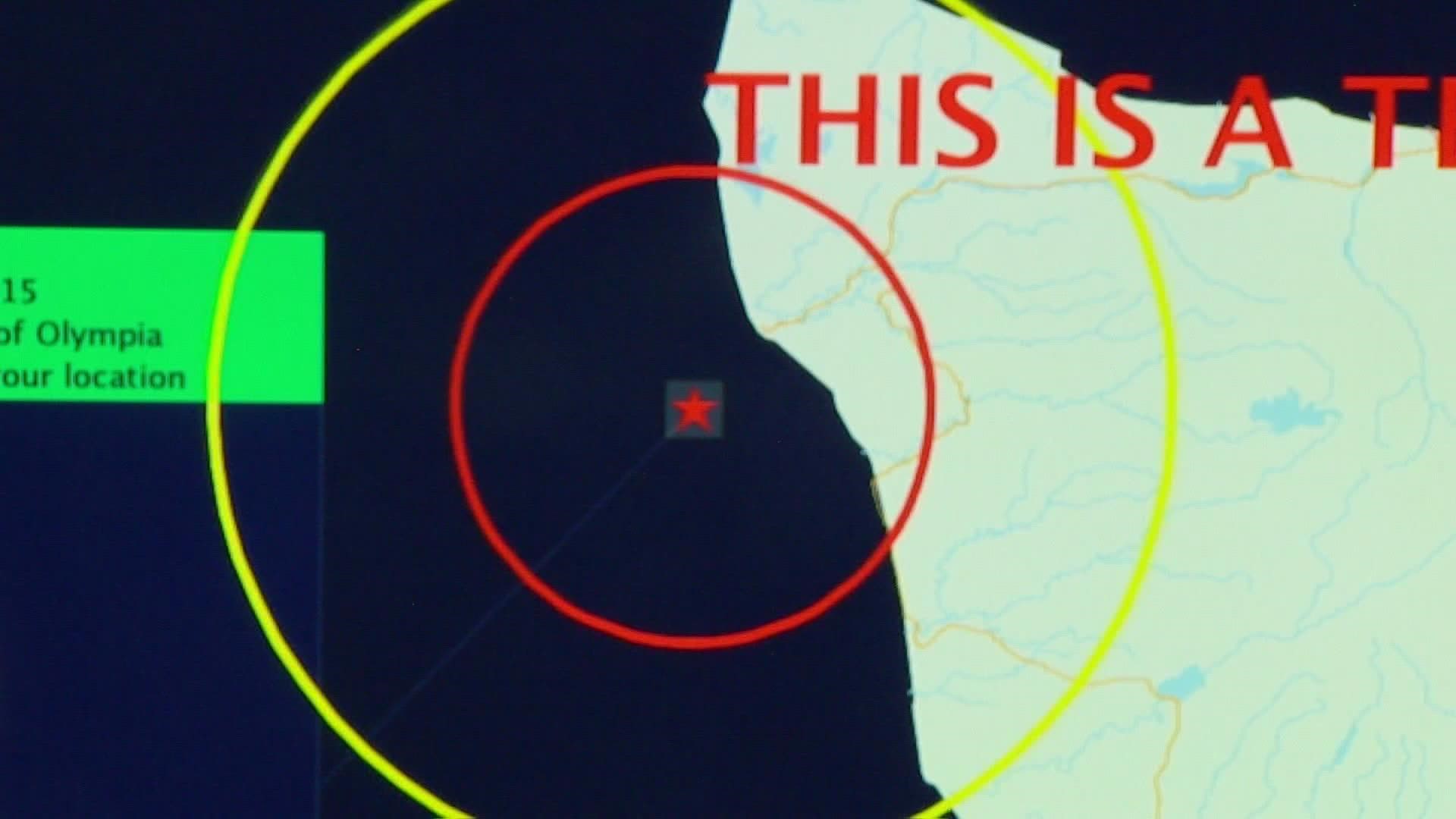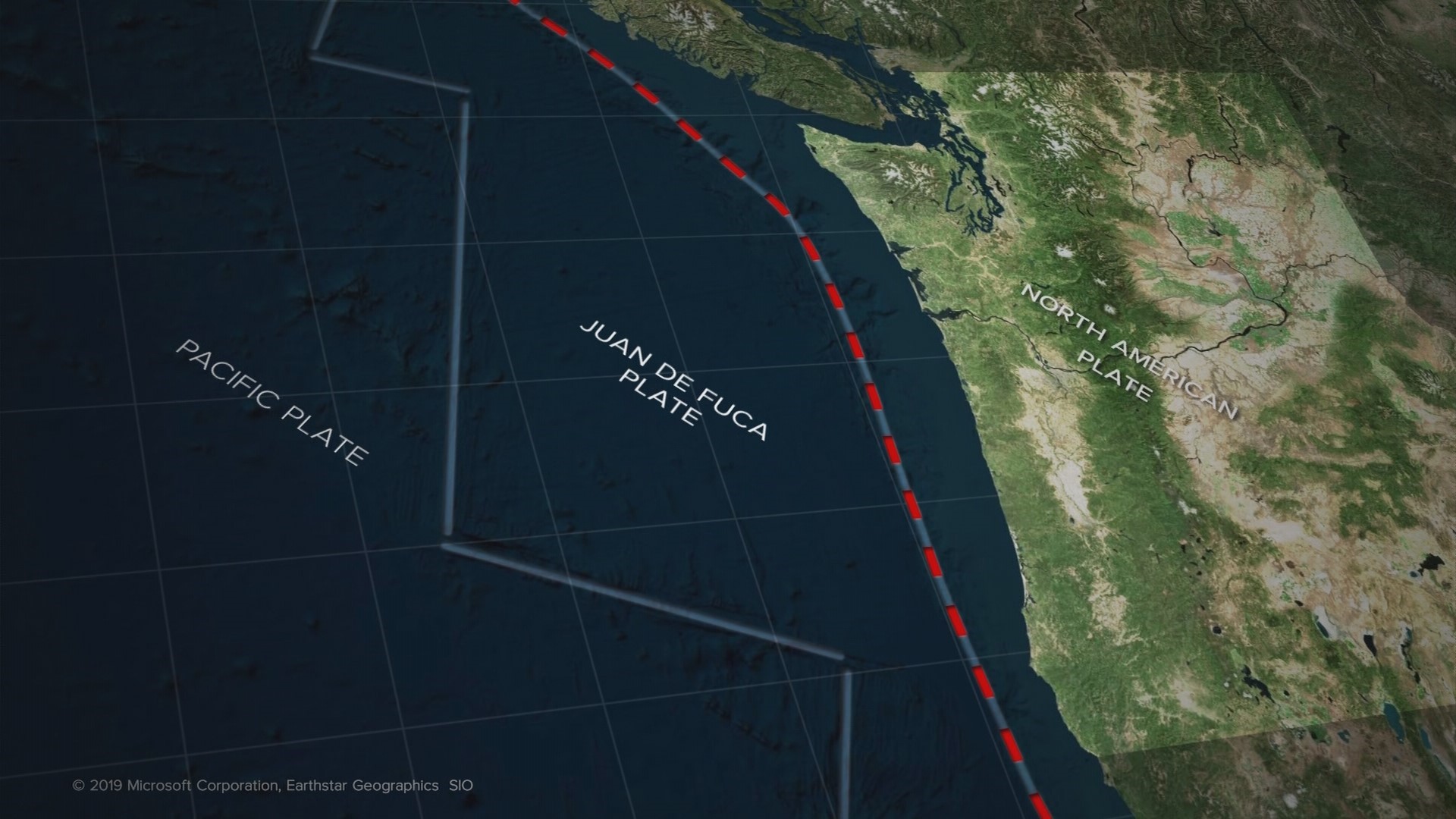Seismologists at the University of Washington are concerned that major population centers like Seattle and Tacoma may not receive timely warnings that shaking is coming, depending on where a massive magnitude 9 earthquake starts along the Pacific Northwest coast.
Renate Hartog, network manager for the Pacific Northwest Seismic Network, and graduate student Mika Thompson have new recommendations based on their research.
They ran around 30 scenarios where, during the worst type of quake to hit the Northwest, if the sensitivity level of the new ShakeAlert system remains set too high to avoid nuisance notifications of smaller non-damaging quakes, the system may not be able to correctly send out notifications that shaking is heading to certain areas, in some cases until after the shaking had already reached those areas. They recommend the initial shake level be set to detect smaller earthquakes around a shake level three rather than five.
The Cascadia Subduction Zone is a massive earthquake fault that runs for hundreds of miles off the Northwest coast. It begins off Cape Mendocino, California, and runs north past all of Oregon and Washington, then ends off the coast of Canada’s Vancouver Island.
While most think of earthquakes and epicenters as coming from a compact area, scientists expect the Cascadia Subduction Zone would tear open and progress like ripping a sheet, a massive quake lasting around five minutes. It could start anywhere along the fault, beginning at one end or the other, or even start in the middle and propagate in two directions.
Hartog showed KING 5 one scenario where an earthquake begins west of Eugene, Oregon, and results in initial shaking that the system would not at first read as being large enough to generate shaking in population centers much further north.
“Because this rupture takes so long to evolve, the system doesn’t recognize that it’s a really large earthquake soon enough to actually give a warning to Seattle,” explained Hartog.
An academic paper on the subject is expected to be presented next week at the American Geophysical Union fall meeting.
The UW was part of the ShakeAlert development. Yet, the system got its start in southern California, where there is no subduction zone. While California suffers more frequent and large devastating earthquakes, much of the state is subject to smaller and more frequent non-damaging quake events, which means the ShakeAlert level is set at the higher level to avoid nuisance alerts.
The Cascadia Subduction Zone last shook nearly 322 years ago in the year 1700.


